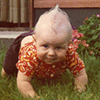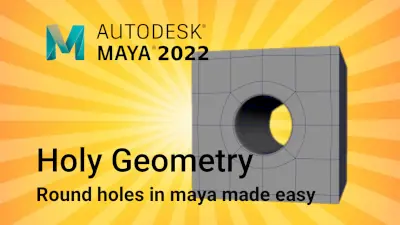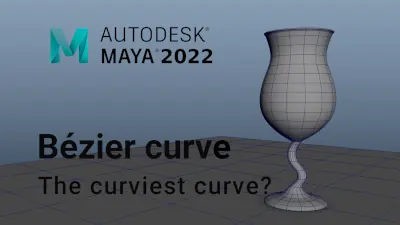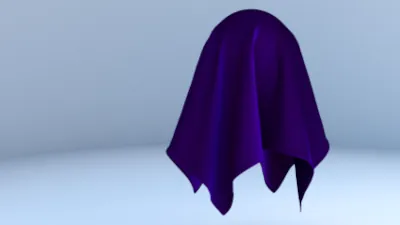Maya for 3D Printing - Rapid Prototyping
In this course we're going to look at something a little different, creating technically accurate 3D printed parts.
#
1
15-01-2003
, 07:25 PM
Registered User
Join Date: Oct 2002
Join Date: Oct 2002
Posts: 16
Multiple surfaces prob...
#
2
15-01-2003
, 07:32 PM
I do not support Bush! Nor Saddam! Long live UN!
#
4
15-01-2003
, 08:22 PM

I still a newbie, after 6 months of learning maya in a slow pace.
Practically here's what I would do (but that is just me):
Create the curves that will funcion as "borders" on the nurbs-pathces-to-be. The boundry tool needs 3 or 4 curves to work.
Do the boundry thing, and make the 8 surfaces.
I'm not sure if all of your nurbs surfaces can be attatched to eachother. Maybe you simply can let them all stay as pathces.
But that leaves (probably) the "problem" of "aligning" the surfaces. This is where my knowledge is woid.
So I recon you could try to attatch the surfaces together (the shark tut in the VIP section is a great help to nurbs-work) or simply let the object stay as a pathced object.
I do not support Bush! Nor Saddam! Long live UN!
#
5
15-01-2003
, 08:29 PM
Registered User
Join Date: Oct 2002
Join Date: Oct 2002
Posts: 16
#
6
20-01-2003
, 12:59 AM
Registered User
Join Date: Jan 2003
Join Date: Jan 2003
Location: NZ
Posts: 31
I roughly set up 4 circles - (yours could be Offset Curves created off each end Isoparm of each object), and then created a bunch of reference curves between the circles. All the reference curves are snapped to each circle to ensure a nice smooth edge later.
I then lofted all the curves except each corner area (that I have marked in red) to get a surface that follows the curves.
The corner area was lofted separately because including it in the original loft caused the corners to be rounded.
With the surfaces lofted I would then do an Edge Stitch to get everything looking nice and would then select the edge Isoparms of the lofted surfaces and do an Attach without moving.
I haven't finished it but might carry on in my spare time to see what happens.
This should give you a centre surface between your already existing ones which you may then be able to use to attach everything together.
Below is an example of what I did VERY ROUGHLY, without the stitching and attaching.
Hope this helps.
Steve
#
7
20-01-2003
, 01:58 AM
Registered User
Join Date: Jan 2003
Join Date: Jan 2003
Location: NZ
Posts: 31
Anyone else with some thoughts?
#
8
20-01-2003
, 07:00 AM

#
9
20-01-2003
, 01:33 PM
Registered User
Join Date: Oct 2002
Join Date: Oct 2002
Posts: 16
Posting Rules Forum Rules
Similar Threads
nurbs to polygon conversion
by 3deeder in forum Maya Basics & Newbie Lounge replies 5 on 03-12-2006
Mapping a Single Shader Across Multiple Surfaces
by chsalvia in forum Maya Materials & Textures replies 0 on 13-06-2006
Attaching Surfaces
by Zombra in forum Maya Basics & Newbie Lounge replies 4 on 16-02-2005
Attaching Surfaces
by quaipau in forum Maya Basics & Newbie Lounge replies 1 on 03-12-2004
Attach Surfaces --> Surfaces suddenly disappear !!!!!!
by bernhard in forum Maya Modeling replies 3 on 17-08-2003
Topics
Free Courses
Full Courses
VFX News
How computer animation was used 30 years ago to make a Roger Rabbit short
On 2022-07-18 14:30:13
Sneak peek at Houdini 19.5
On 2022-07-18 14:17:59
VFX Breakdown The Man Who Fell To Earth
On 2022-07-15 13:14:36
Resident Evil - Teaser Trailer
On 2022-05-13 13:52:25
New cloud modeling nodes for Bifrost
On 2022-05-02 20:24:13
MPC Showreel 2022
On 2022-04-13 16:02:13









